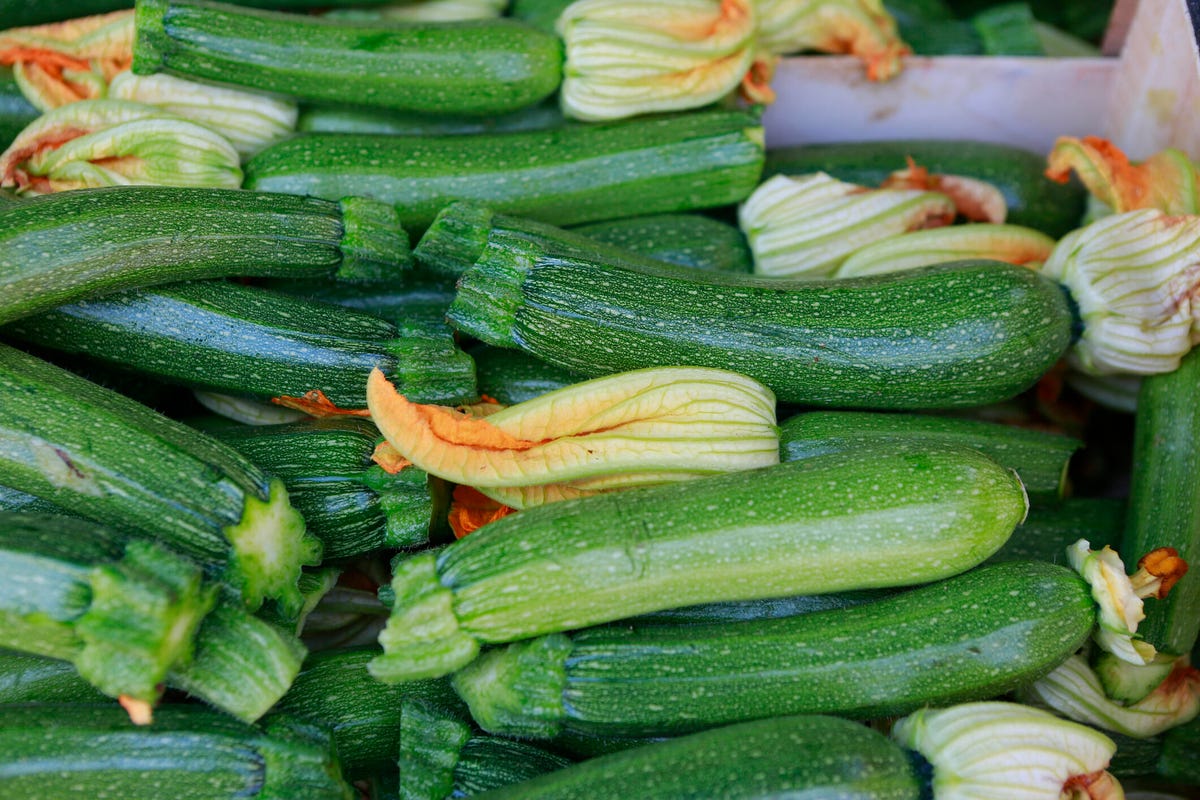What are the cheapest fruits to buy cheapest fruits and vegetables these are the best days these are the best of times quote these are the days these are the times that try men s souls these are special times

These Are the Cheapest Fruits and Veggies You Can Buy Right Now
This story is part of Home Tips, CNET's collection of practical advice for getting the most out of your home, inside and out.
There's no one best way to save money in the kitchen. Opting for cheaper cuts of beef, learning how to spot a value wine and swapping an energy-efficient air fryer in for your oven are just a few strategies to help pad your pockets. And when it comes to buying fruits and vegetables, as a general rule, the closer to home your produce is grown and the more in season, the less expensive it is, according to produce expert Robert Schueller, director of public relations for produce wholesaler Melissa's. While this may be common sense, the seasonality also greatly affects the price and pedigree of your produce, especially in a market culture that tends to make most things available most of the year.
"Season is the biggest play for being able to get domestically grown products," Schueller said. "Some seasons are only a couple of months long, some may be six months, and outside of that you're paying for import."
Bananas are a notable expectation to this, as they somehow manage to be always available, and always inexpensive, seemingly in defiance of the laws of physics and of supply chain logistics (note for future journalism: have bananas won evolution?). In actuality, it's Americans' high demand for bananas, and the volume in which they are imported, that keeps them cheap.

Read more: Best Produce Delivery Services in 2022
While it's tempting to believe that all produce is at its most abundant and lowest price during the summer, not everything hits its stride in July and August. Asparagus and peas, for example, are decidedly late spring or early summer crops; apples, pears, and root vegetables are best purchased in fall; and winter is peak time for a variety of citrus fruits and even some leafy greens.
Beyond that strategy, what are the best buys right now from your local grocer or farmer's market, besides those tried-and-true bananas? Here are some of Schueller's picks for the cheapest fruits and vegetables to buy right now.
And if you're curious about having your roots and fruits delivered, we did some math and it turns out buying groceries online is no more expensive than shopping in person. You can also find out whether or not meal kits actually save money compared to grocery shopping.
Melons
Melons have long been a summer mascot, but not only because they are naturally refreshing and easy to feed a crowd with at a picnic or cookout. "Economically, especially for a family or larger household, June through October is peak watermelon season," said Schueller. That's when prices drop, and you also get more available variety in your melon selection. Now is when you should start to see large boxes of different types of cantaloupes, watermelon and honeydews in abundant display at your market, with peak season prices dropping as low as 30 cents to 40 cents per pound.

Watermelon and other melons are cheaper during summer, especially if you buy them whole.
Getty ImagesStone fruits
Stone fruits are those with a hard inner seed similar to a stone, such as cherries, peaches, nectarines, plums, apricots and pluots. These fruits make for great additions to summer salads or can even stand alone as simple, grilled desserts. If you live in an orchard fruit-producing state, Schueller recommends checking out farmers markets, or you can see if local farms in your area offer U-Pick operations, which can be a great way to save money by stocking up and canning or freezing these summer fruits for later on. Otherwise, fresh cherries should see prices around $1.50 to $2 per pound, and peaches can get as low as $1.25 per pound.

Peaches, nectarines, cherries and other stone fruits are a good buy this time of year.
Ryhor Bruyeu/EyeEm/GettyBerries
If you've ever purchased strawberries in January in a place where it snows, you know that they can be disappointing in addition to expensive, reaching as high as $6 per pound. Having probably traveled from South America to make their way to your fridge, what you are paying for in this case is transportation rather than high-quality fruit. June and July are prime berry season in the Northern Hemisphere, however, and these fruits also make for great candidates for freezing. Now's the time when you should keep an eye out for deals that average about $2.50 per pound, and when you do, act fast. Berry season starts to fizzle out by mid-August.

June and July are prime berry season in the Northern Hemisphere.
Driscoll'sTomatoes
Whether tomatoes are a fruit or a vegetable isn't really our concern when they are in as abundant supply as they are in July and August. Our concern is how to get the most out of prime tomato season when stunning heirloom varieties are available to grace our Caprese salads, and dense Roma and plum varieties are begging to be canned. While the average price of tomatoes year-round can be about $2 per pound, now's the time of year to look for deals that may be less than even $1 per pound. Look for U-Pick operations or end-cap displays in your area for the most cost savings on tomatoes.

Now's the time of year to look for deals on tomatoes that may be less than $1 per pound.
James Martin/CNETCorn
While corn is technically a grain, in the summer we tend to consume it like a vegetable, and corn isn't only budget-friendly sustenance this time of year, it's budget-friendly entertainment as well. Like most produce, those items with the processing left to the consumer tend to be lower in cost (e.g., precut fruit will always be more expensive than whole fruit of the same variety). So when the shucking of corn is left to you, the savings are tremendous, especially right now when corn is especially abundant. Besides groceries stores and farmer's markets, roadside stands may also offer great value for corn if you live in an area where corn is grown. You know you've found a good deal for whole corn when the price indicates how many you can take per one or two bucks, maybe even going as low as 30 to 40 cents apiece.

Corn is classic summer fare, in part because it's both better and cheaper this time of year.
ChowhoundSummer squash
Zucchini and other summer squashes can be so abundant in productive years, that folklore would suggest the existence of zucchini hit-and-runs, where neighbors leave bags of it on each others' doorsteps under the cover of darkness. Because it is abundant and has some heartiness where transport and staying power are concerned, zucchini tends to be one of the cheapest vegetables to buy all year. In summer, look for prices around $1.50 or less per pound.

Zucchini and summer squash make for great grill fare and are cheaper this time of year.
Owen Franken/GettyGreen beans
Because you can often buy green beans in a bulk sense, taking as much or as little as you need at one time, they tend to be a good value choice much of the year. Whether steamed, grilled, or sauteed, green beans are a quintessential summer vegetable, all the more delightful when served with a little butter (and maybe garlic.) In July and August, look for seasonal green bean prices of $2 per pound or less.
To plan ahead for the cheapest fruits and vegetables for August and beyond, keep an eye out for deals on cucumbers, eggplant, peppers, lettuces and the first winter squashes.
More money-saving kitchen intel
Source
Blog Archive
-
▼
2023
(199)
-
▼
February
(44)
- Xiaomi Launches GoPro Rival With A Jaw-dropping Pr...
- You Can Now Listen To Podcasts On Twitter
- April Fools' Day Was A Huge Mistake And We Must Re...
- Westworld Season 3 Gets Futuristic Gadgets And Tec...
- Moto G7 Vs. G7 Play, G7 Power And G7 Plus: All Spe...
- Netflix Mulling $7 To $9 Monthly Price For Ad-Supp...
- Save $350 On One Of Our Favorite Chromebooks Of Th...
- Symantec Sale: Norton Security Slashed To $10 For ...
- How To Refinance Your Home
- Kia EV9 Electric Concept Previews A 3-row Producti...
- Moderna Sues Pfizer Over MRNA Technology Used In C...
- These Are The Cheapest Fruits And Veggies You Can ...
- 'The Rings Of Power': All The Tolkien Terminology ...
- 'Tsunami' Trojan Malware Bot Ported To OS X
- Coachbuilt Bentley Mulliner Batur Will Preview EV ...
- A Timeline Of The Biggest Ransomware Attacks
- Snapchat Wants To Put You In The Director's Seat W...
- Brew A Single Cup Or Whole Pot Easily With Hamilto...
- Amazon To Acquire One Medical In Major Boost To It...
- 12 Dynamic Gifts For 2-Year-Old Kids
- How Much Range You Really Need In An Electric Car
- AMD Radeon RX 6600 Tested: A Gaming GPU That Level...
- TikTok, YouTube, Snap Say Child Safety Is A Top Pr...
- Why Alcohol Actually Makes A Terrible Sleep Aid
- 10 Road Trip Essentials For Summer Travel
- Huawei Launches New Version Of P30 Pro Phone With ...
- How To Survive With An IPhone And A Windows Computer
- A Closer Look At The New MacBook Air M2
- Amazon Has $200 Off The Latest 16-inch MacBook Pro...
- Microsoft Says Windows 10X Isn't Happening
- HP's New Omen 15 Gaming Laptop Promises Big Perfor...
- DJI, FLIR Bring Stable Thermal Imaging To The Skie...
- How To Buy A Home In 2022: 6 Tips From A Real Esta...
- PC And Tablet Shipments Expected To Decline Throug...
- Beyond Axie Infinity: 'Web3 Games' Hope To Convert...
- Intel's Alder Lake Chip Could Speed PCs By 30% Whi...
- Need Better Cell Phone Reception? Try These 10 Tip...
- Moto G7 Vs. G7 Play, G7 Power And G7 Plus: All Spe...
- WWE Hell In A Cell 2019: How To Watch, Match Card,...
- 'Splatoon 3' Feels Familiar, But Fresh Features Hi...
- Xiaomi's Mi 10 Pro Looks Sleek And Modern With Its...
- Which MacBook Air M2 Charger Should I Get?
- Huawei's MatePad Pro Is A Good Tablet Trapped In A...
- Google ChromeOS Flex Is Now Ready To Run Your Old ...
-
▼
February
(44)
Total Pageviews
Search This Blog
Popular Posts
-
Contoh soalan fizik spm 2019, contoh soalan fizik spm 2018, contoh soalan fizik spm 2017, contoh soalan fizik kertas 3, contoh soalan fizik ...
-
Ukuran tv, ukuran tv 32 inch, ukuran tv 40 inch, ukuran tv 42 inch, ukuran tv 60 inch, ukuran tv 42, ukuran tv lcd, ukuran tv led, ukuran tv...
-
Ukuran sepatu, ukuran sepatu us, ukuran sepatu anak, ukuran sepatu eu, ukuran sepatu eur, ukuran sepatu nike, ukuran sepatu adidas, ukuran s...
